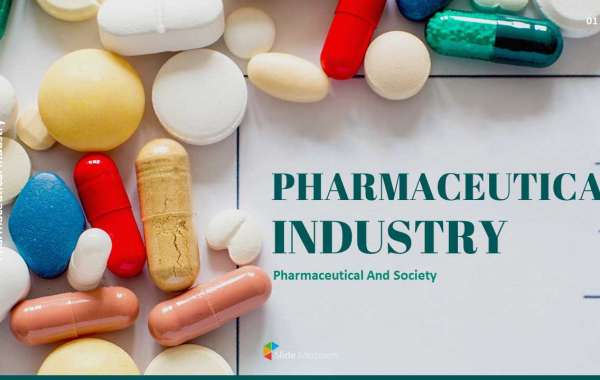Although other countries have experienced great advances in the pharmaceutical field before, until the beginning of the 20th century, the Brazilian industry had an incipient park.
It was the arrival of immigrants to work on the coffee plantations that fostered initial progress in the national park, which had to grow to meet the need to fight infectious diseases.
These evils came from the poor sanitary conditions and the lack of hygiene on the ships that transported the foreign workers and their residences in Brazil (usually, poorly maintained tenements).
Given this situation, the epidemiological segment was one of the first to develop, with emphasis on the use of biological substances to prevent and contain epidemics.
So much so that, in the 1920s, two pioneering entities in the production of vaccines and serums were inaugurated: the Vacinogenic Institute and the Butantan Institute.
The first played a fundamental role in the fight against smallpox, through vaccines.
The second created vaccines for the plague and, decades later, became a reference in the development of serums against the bites of venomous animals – scorpions, snakes and spiders.
But it was only in the 1950s, during the government of JuscelinoKubitschek, that the sector experienced greater growth, as a result of the entry of large foreign corporations into the country.
With the opening of the economy, small national industries lost competitiveness to multinational groups, being integrated or sold to them.
In addition, pharmaceutical ingredients could enter Brazil paying low exchange rates, which encouraged dependence on raw materials and pharmaceuticals produced abroad.
The positive side was that the national market began to have more sophisticated compounds, effectively addressing a greater number of ailments.
Another milestone in the history of the pharmaceutical industry was the enactment of the Industrial Property Code (Law 5,772/1971), allowing the granting of patents for chemical products and technologies, and requiring the payment of royalties to their holders.
In the following decade, the government started to prioritize the control of inflation and public accounts, reducing the profits of the pharmaceutical industry, by establishing limitations for the prices of medicines.
From 1988 onwards, with the financial and commercial opening of Brazil, the large international groups reaffirmed their dominance in the national market and the state's control over prices was reduced.
In 1999, generics appeared – a new class of drugs – and Anvisa, the agency responsible for regulating these items in the country, was founded.
In the 1990s, advances in this sector continued, but did not reach the production of raw materials such as drugs, and research for their development is sponsored only by government agencies.
Saxagliptin (R,R,R,R)-Isomer impurity







